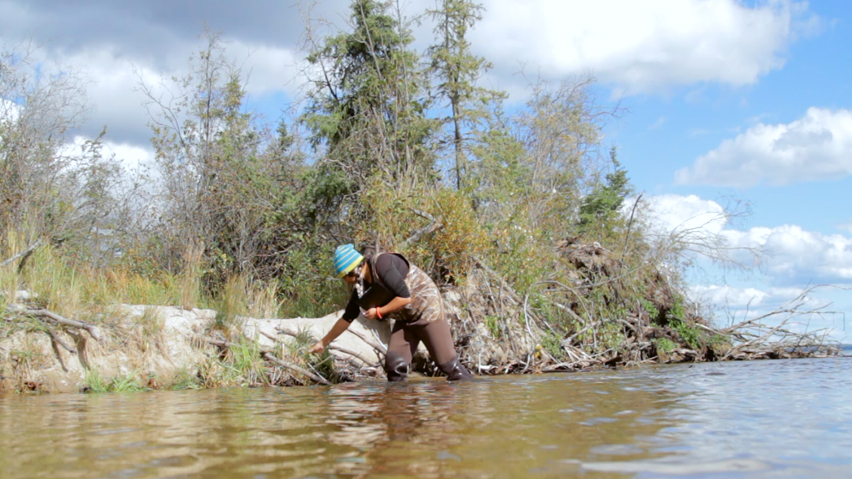
Saskatchewan Polytechnic student, Blossom Lamalice knows that when you love something,
you take care of it. “Everybody loves their lakes and they want them to be here for
future generations. If we start taking care of them now, they will be here for many
years to come.”
Lamalice is currently in her second year in the Integrated Resource Management diploma
program, which is part of Sask Polytech’s school of Natural Resources and Built Environment.
She is passionate about the future of Canada’s waterways and spearheads the Love Your
Lakes applied research project in Saskatchewan.
The project examines the sediment, vegetation and other features of various shorelines to assess the current environmental state and ultimately provides a report to property owners.
“The report gives property owners ideas on how to improve and preserve their shorelines,” says Lamalice. “Permanent residents have watched their lakes change over time and are usually really happy to learn how they can help maintain the shoreline to ensure the lake survives over time.”
Funded by the North Saskatchewan River Basin Council, the District of Lakeland and Saskatchewan Polytechnic’s Sustainability Initiative Fund (SIF), the program and associated applied research consists of a packaged shoreline evaluation and stewardship program.
“My personal hope is to see people have a better understanding of their shoreline and realize how they can improve certain things,” says Lamalice.
For Natural Resources and Built Environment instructor, David Halstead being able
to provide students with applied research opportunities, such as the Love Your Lakes
project is an exceptional learning opportunity that’s hard to find in other post-secondary
institutions.
“Students learn to be accountable to both instructors and industry partners and must
learn to articulate concerns and develop innovative solutions,” says Halstead. “Student
researchers learn that these projects have real world impact and are a test of their
ingenuity and career commitment.”
Adding to the already broad array of assessment methodologies, Lamalice and her instructor
Dave Halstead are looking to use Sask Polytech’s Unmanned Aerial Vehicle (UAV) as
a new way to assess hard-to-access shorelines.
“The drones will be the next step because they help us assess everything on the shoreline
that we wouldn’t be able to do by foot,” says Lamalice. “It also provides data that
you can reference back to at a later date.”
For more information on the School of Natural Resources and Built Environment visit: saskpolytech.ca/naturalresources.

